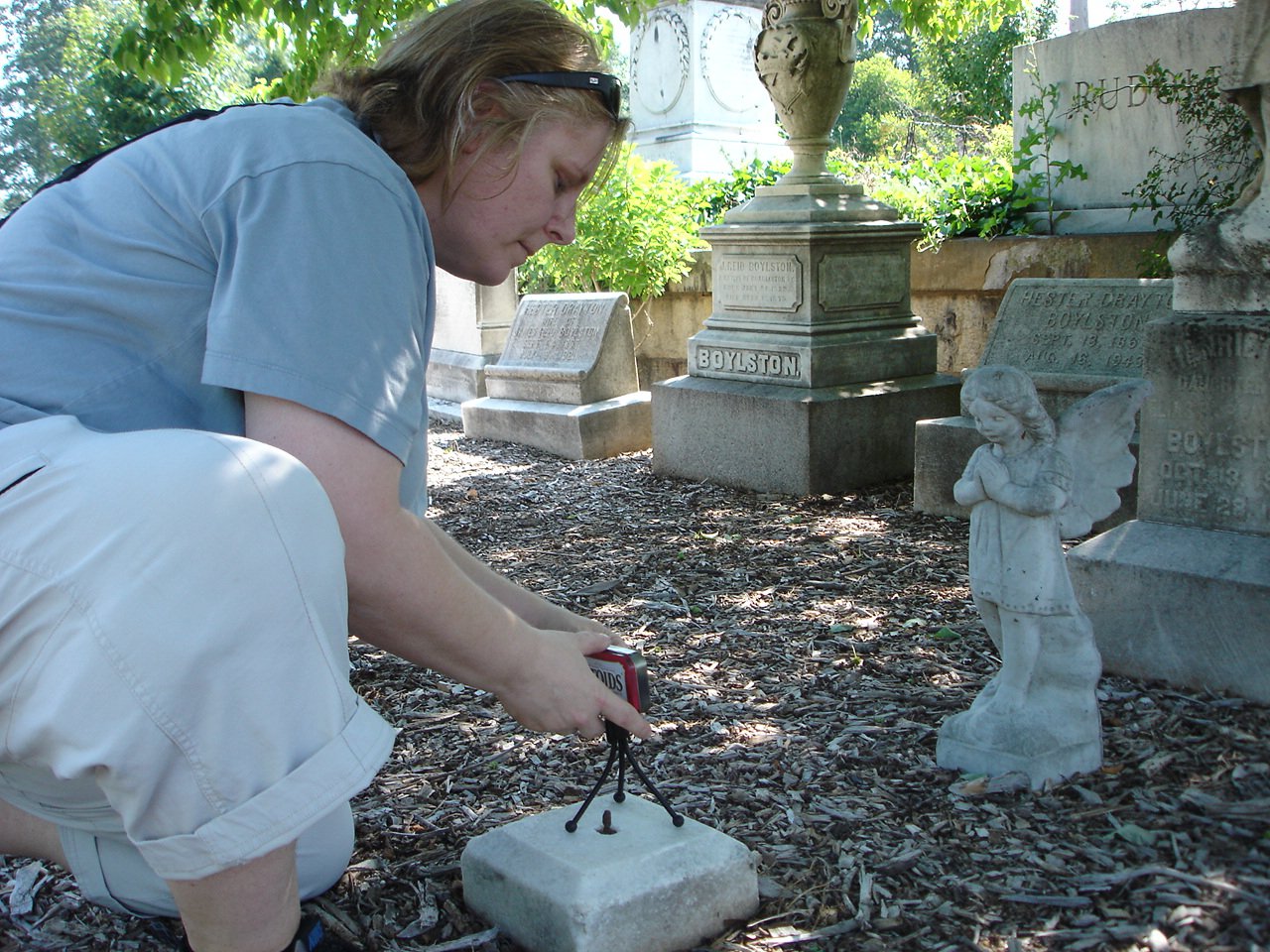Pinhole Photography
Pinhole photography is a captivating blend of simplicity and creativity, offering a unique way to capture the world without the need for complex lenses or modern technology. At its core, a pinhole camera is simply a lightproof box with a tiny hole on one side. Light passes through this hole, projecting an inverted image onto the back surface, whether it's film, photographic paper, or a digital sensor. The result is an image that feels otherworldly—soft, organic, and full of character.
Historically, pinhole photography is one of the earliest forms of image-making, tracing its roots back to the camera obscura, an ancient optical device used as early as the 5th century BC. Despite advances in technology, the allure of this rudimentary technique endures. Pinhole photography invites you to slow down, to experiment, and to embrace imperfections—qualities that are often lost in the fast-paced world of digital photography.


What makes pinhole photography so fascinating is its unpredictability and the almost meditative process of working with it. Each image captured is a one-of-a-kind creation, shaped by the camera’s simple construction, the size of the pinhole, the length of exposure, and the available light. These variables make every photograph an adventure in artistic discovery, where the final result is often as surprising as it is beautiful.
For me, pinhole photography is not just about capturing an image; it’s about the journey. It allows me to turn everyday objects into cameras—pinhole cameras can be made from any light-tight container by making a small ‘pinhole’ in it that serves as the lens. I make many of my cameras out of Altoids tins and 35mm film containers. I usually use black and white photo paper as negatives, process them in the darkroom, then scan and post-process in Photoshop. This hands-on approach, from building the camera to developing the images, deepens my connection to the art form, offering an experience that is as tactile and unpredictable as the images themselves.
How Pinhole Cameras Work
A pinhole camera works in a very simple way. It doesn’t have a lens like most modern cameras. Instead, it has a tiny hole—called a pinhole—that lets light into the camera. When light enters through this small hole, it projects an upside-down image onto the surface inside the camera, which could be film, photo paper, or even a digital sensor.
The size of the hole is important. A smaller hole creates a sharper image, while a larger hole makes the image blurrier. Unlike regular cameras, pinhole cameras capture everything in focus, from things up close to things far away, giving the images a unique look.
Because there’s no lens or fancy electronics, taking photos with a pinhole camera requires longer exposure times, which means leaving the camera still for a while so enough light can enter and create the image. It’s a slow process, but that’s part of what makes pinhole photography so special—it allows you to capture time and light in a way that feels natural and organic.

Building Your Own Pinhole Camera
Making a pinhole camera is a fun and simple project that anyone can try. You don’t need fancy equipment—just a few basic materials and a little patience. Here’s a quick overview of how to get started.
1. Choose a Container
The first step is finding a light-tight container to use as your camera. This could be something as simple as an Altoids tin, a 35mm film canister, a coffee can, or even a shoebox. Anything that can be sealed to block out light will work.
2. Create the Pinhole
Next, make a tiny hole in one side of your container. The best way to do this is by carefully poking a small hole using a needle or pin. This will be your “lens,” and the size of the hole will affect the sharpness of your image—a smaller hole creates a sharper image, while a larger one produces a blurrier picture.
3. Prepare the Interior
To make sure no light leaks into the camera, paint the inside of your container black or line it with black paper. This prevents reflections and keeps your image clean. Then, attach a piece of photographic paper or film to the inside, opposite the pinhole, where the image will be captured.
4. Control the Exposure
Cover the pinhole with a piece of tape or flap that acts as a shutter. When you're ready to take a picture, uncover the pinhole and let light hit the photographic paper inside. Depending on the lighting conditions, you’ll need to leave it open for several seconds or even minutes to capture a clear image.
5. Develop Your Image
Once you’ve taken your photo, you can develop it using traditional darkroom methods (if you used photographic paper or film) or scan and process it digitally if you're using more modern methods. The developing process is a part of the magic—revealing an image that was captured in such a simple way.


Why I Love Pinhole Photography
As a graphic designer and website designer, I spend a lot of my time in front of a computer, creating digital designs and working with pixels. Pinhole photography offers me a much-needed break from that. I love the tactile experience of physically making the cameras, handling the negatives, and working through the development process by hand. There's something deeply satisfying about the connection to the materials and the unpredictability of the results.
Pinhole photography is full of happy accidents and experimentation, which adds to its charm. Every shot is an adventure, and I never know exactly how an image will turn out until it’s developed. It’s this blend of creativity, process, and surprise that keeps me inspired and passionate about the art form.
Examples of My Pinhole Photography
Below is a selection of my pinhole photography, captured using cameras I’ve made from everyday objects. Each image tells a story shaped by light, time, and the unique characteristics of the handmade cameras I create.



